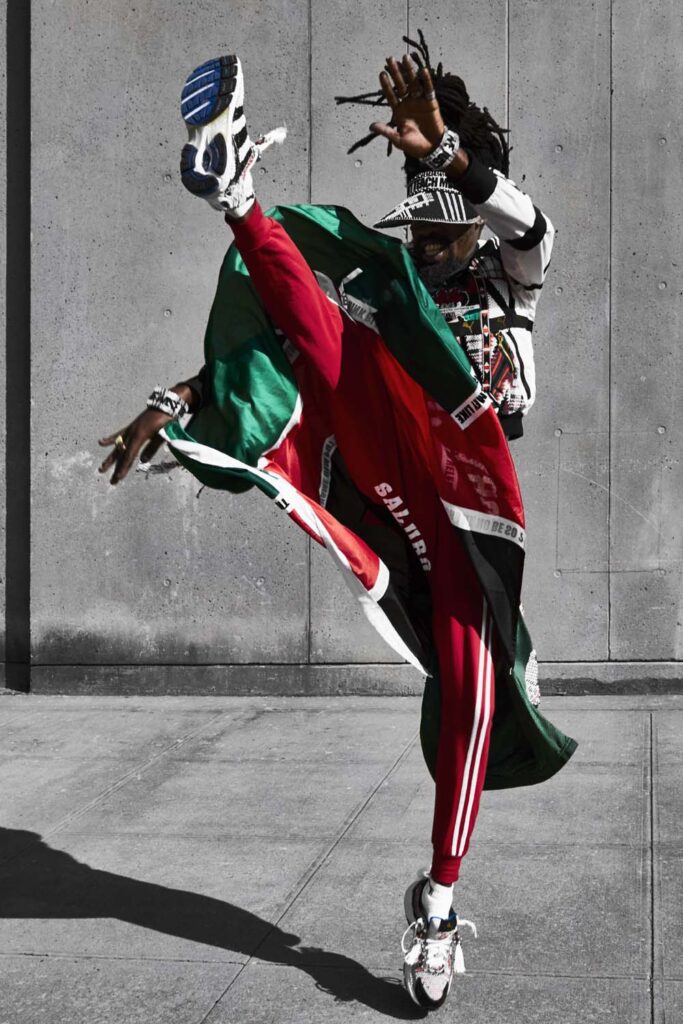
Chasing
the light
A conversation with Brooklyn-based photographer Sesse Lind; a ContentMode Magazine contributor about skill stacking, neon signs, how to convince clients over Zoom, and why the Sahara Desert is easily the most romantic place on Earth.
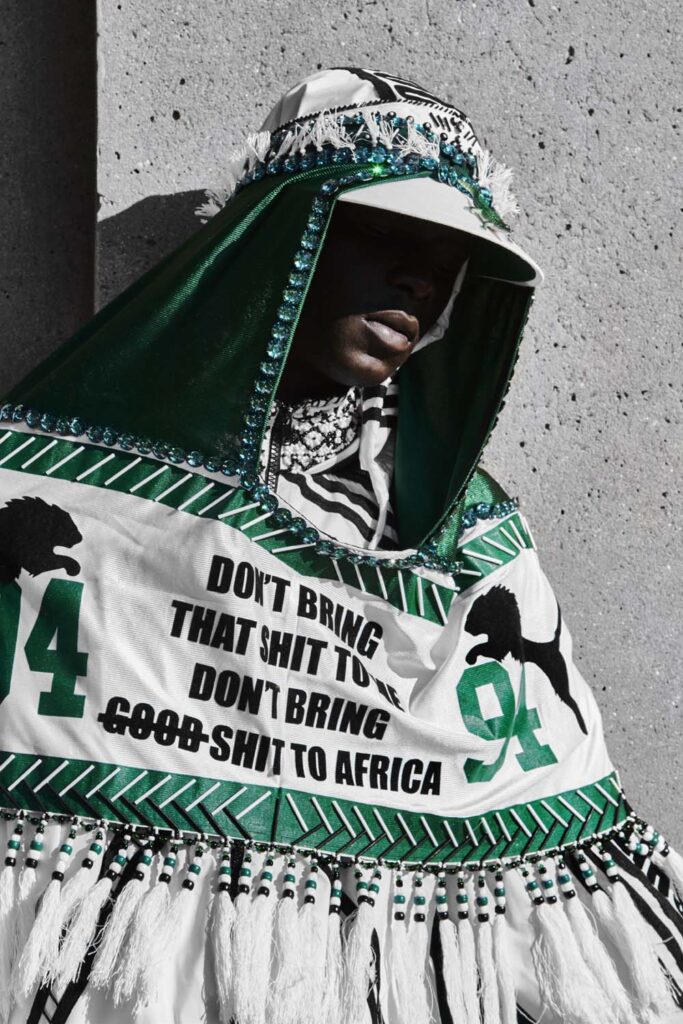
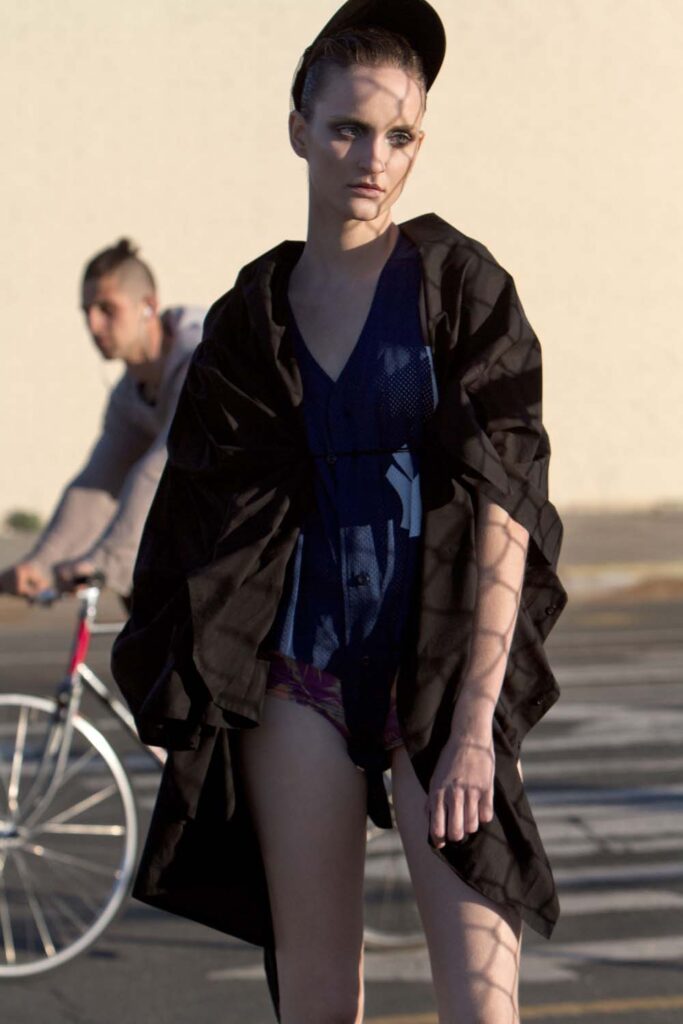
“What’s invisible to the naked eye, or what my brain doesn’t register when I hit the shutter button, doesn’t exist to me. My goal is to capture a slice of reality and inspire new visual perceptions.”
Those are the words of photographer and cinematographer Sesse Lind. And much of this feeling comes through in his illustrious body of work for clients such as Puma, Harper’s Bazaar, Mr Porter, ContentMode Magazine Samsung, Volvo and General Electrics.
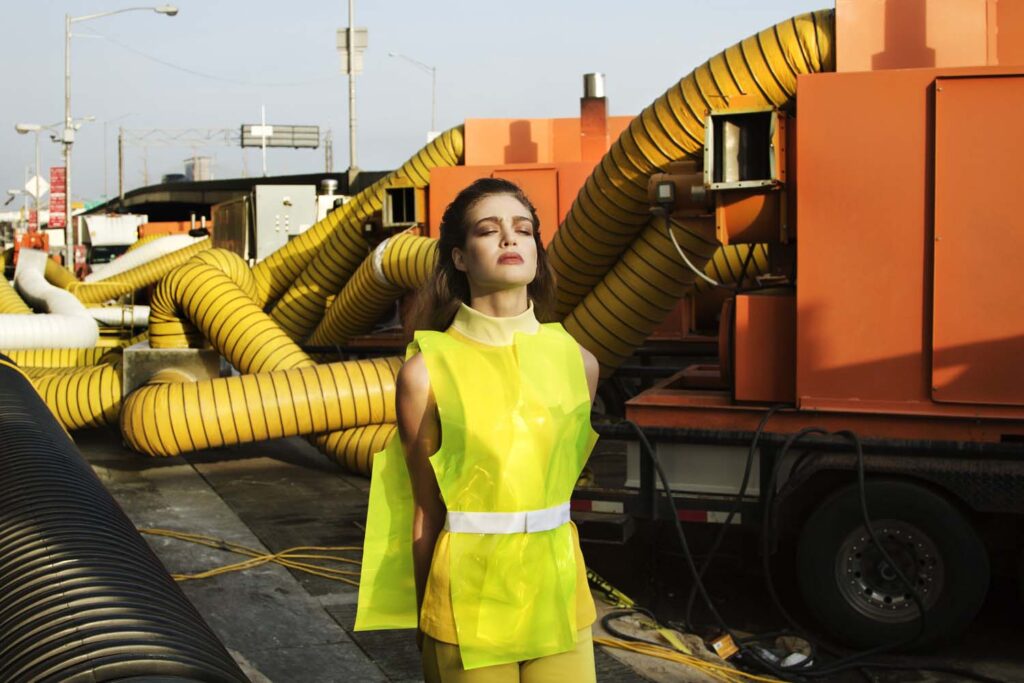
His portfolio cuts across genres and includes portraits, fashion editorials, music videos, product photography and documentary features. With depth, curiosity and sheer invention, he always seeks out a fresh perspective as he portrays the world around him. And he refuses to repeat himself in his work.
By his own admission, Sesse Lind’s originality comes from more than three decades of experience when it comes to mastering the science of light.
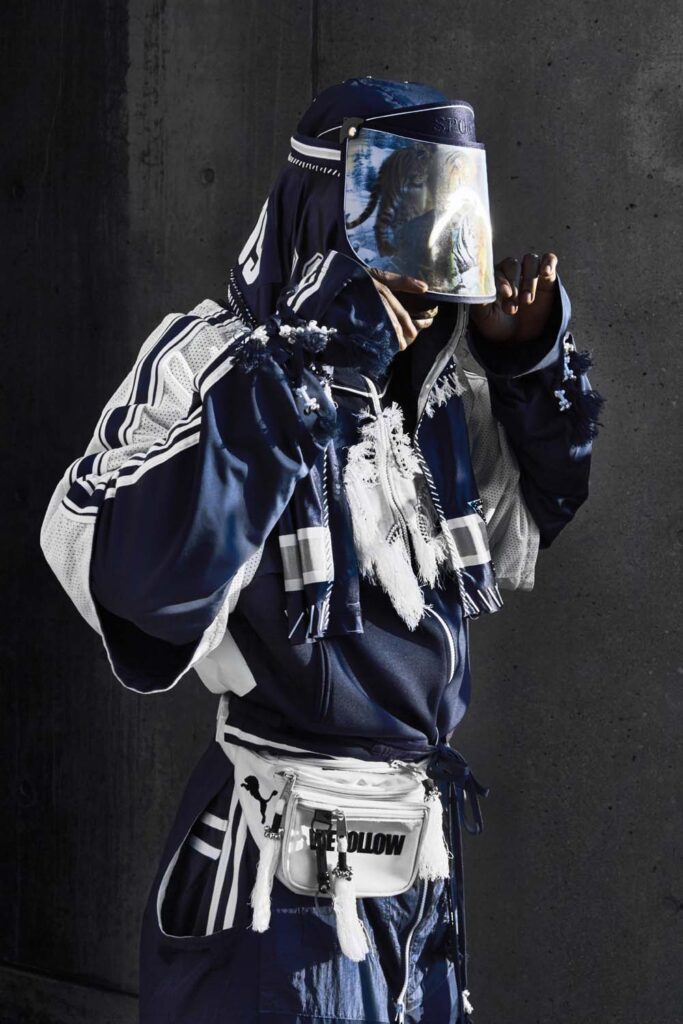
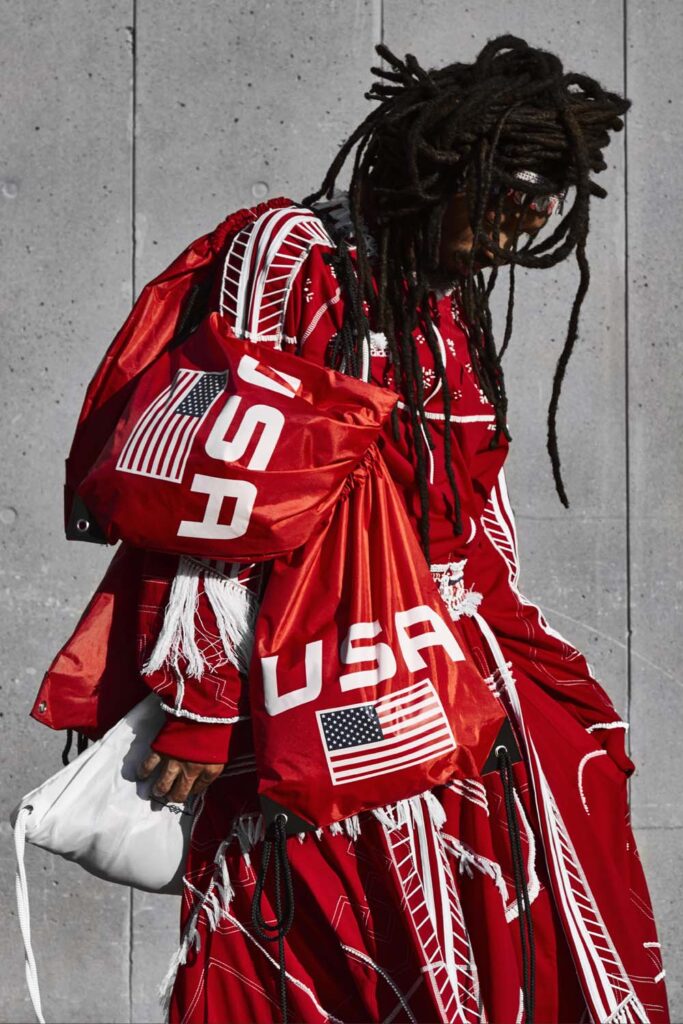
“I know this sounds pretentious, but photography is not about cameras or objects of any kind. It’s about understanding light and how it can be applied to create a visual narrative that elevates the product, person or whatever is in the viewfinder. I guess that sums up my approach,” he says during a break in his home studio.
More than a decade has passed since Sesse Lind decided to pack his life into twenty-five moving boxes — most of them containing photography books, negatives, hard drives and cameras — for greener pastures in New York. Did he have qualms about leaving his native Sweden and crossing the Atlantic?
“None whatsoever. I got bored with the scene and felt it was too limiting. I remember when an art director asked me to take pictures of neon signs for an advertising campaign. The idea was to create a collage of neon letters. I scoured every street and back alley in Stockholm looking for a neon sign with the letter ‘S’, which proved to be impossible to find. I don’t have that problem in New York as you can imagine.”
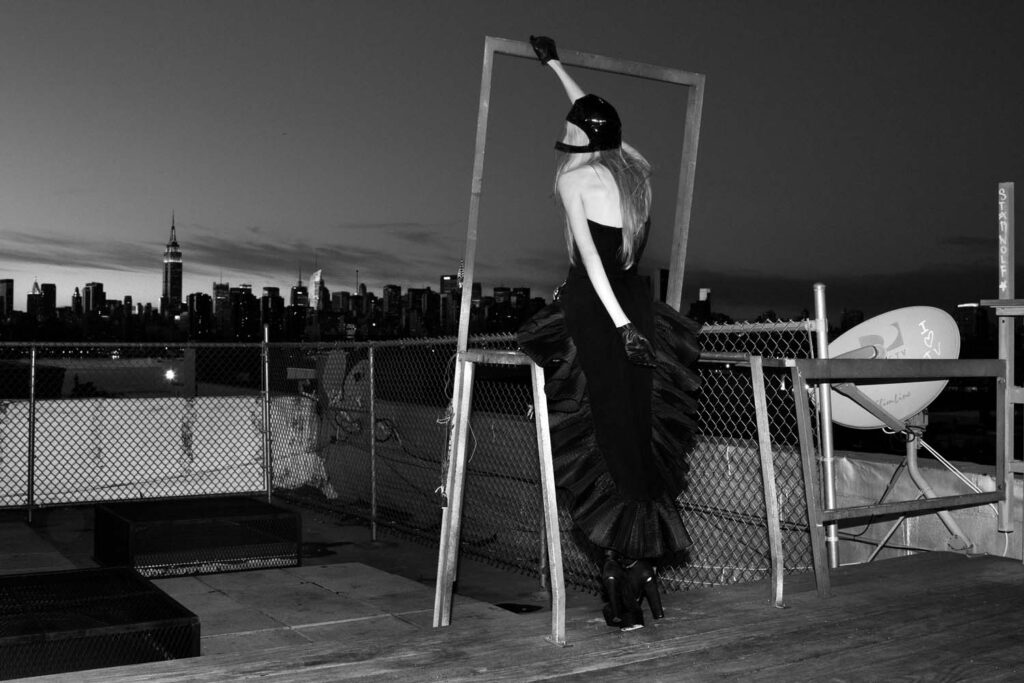
Sesse Lind started his career when he dropped out of art school to work as a photographic assistant. Besides studying his mentor in action, he cut his teeth by delving into different forms of artistic expression in his own time. Graffiti, graphic design, music production and filmmaking were all part of his remit.
Now, as he marks ten years as a Brooklynite, Lind is getting used to his new work routine. When the first lockdown came into effect in New York back in March 2020, he quickly upgraded his home studio and refined his presentation skills over Zoom to continue servicing clients during the pandemic.
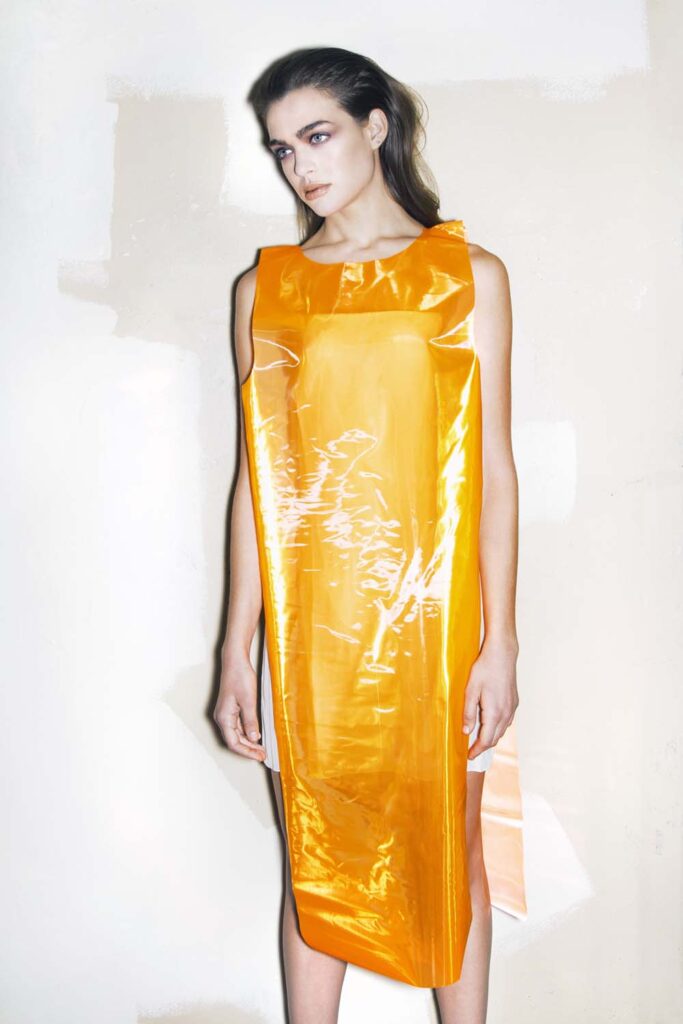
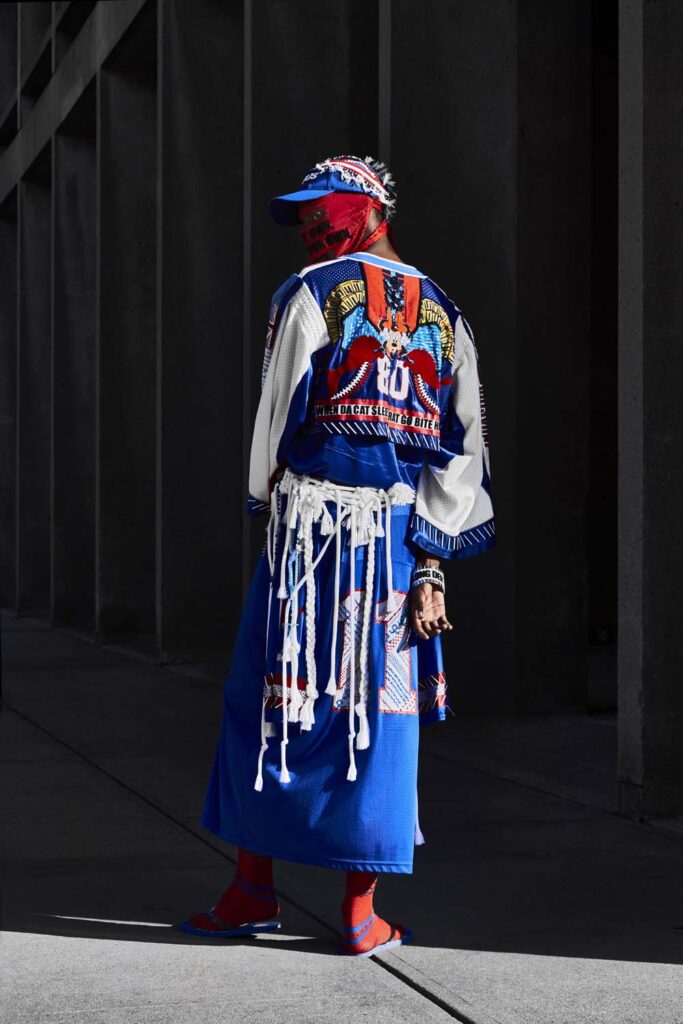
Represented by the acclaimed creative talent agency Art Department, his recent projects include product campaigns for premium beauty and cosmetics brands La Mer and Bobbi Brown.
“Funnily enough, I don’t miss going into the city every day,” he says with incredulity. “My wife Rebeca and I ride our bikes in the opposition direction and hang out at our favorite spots on Rockaway Beach or Breezy Point. We prefer to explore nature in Brooklyn these days rather than spending time in Manhattan.”
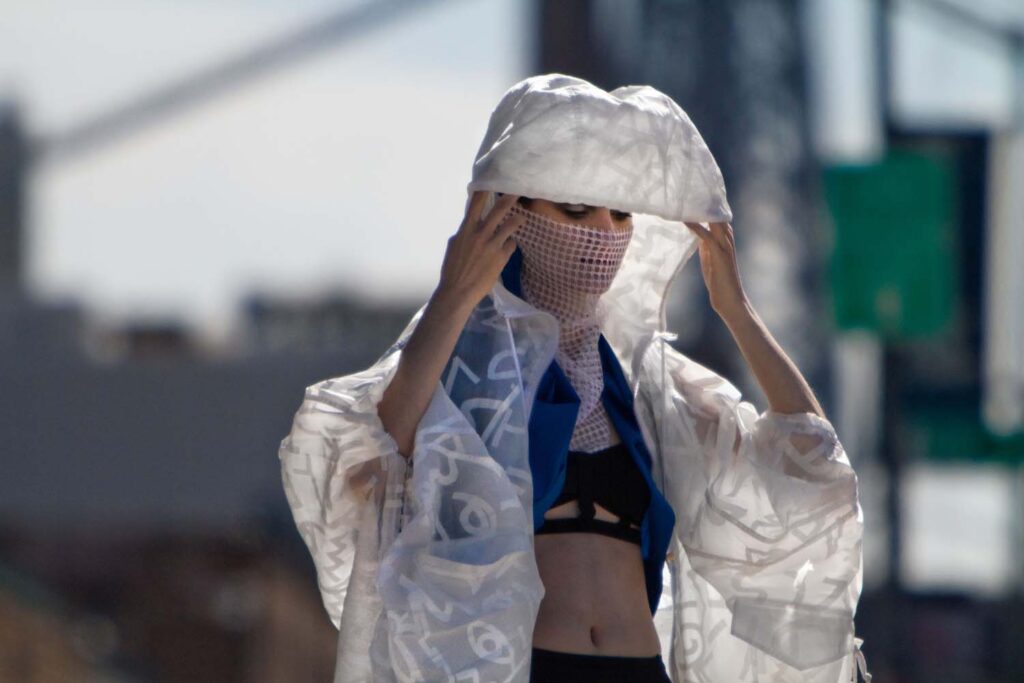
What was your biggest challenge when you broke into the creative scene in New York?
“I actually found it a lot easier to grow professionally here. People in my industry said that I needed to stick to one style and genre to be successful in New York. I challenged that notion and things worked out well. I don’t care if I’m taking pictures of a car, a sneaker, a music artist or a beauty product. It’s the problem solving and idea that counts, and how I can create a story that is true and resonates in some way using my experience of manipulating light.”
Tell us more about this process.
“For example, if I study how a lake reflects the morning sky, buildings and trees, I can take that light into a studio and scale it to 2 000 frames per second, or however I like for any given purpose. That’s my speciality. I can look at a rock and depict it in a hundred different poetical ways using light.”
“I don’t want to be just a fashion photographer or a car photographer. And I don’t need a prefix to my title when working in New York. I can alternate freely between still photography, documentary shooting and music videos. This sense of freedom means everything to me. One thing inspires the other”
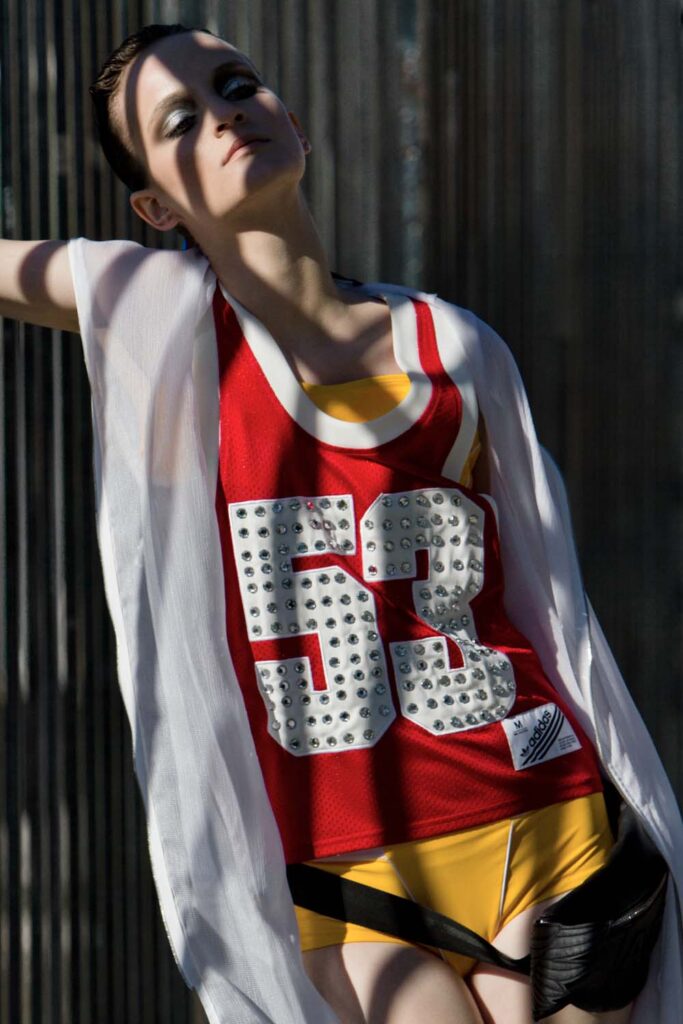
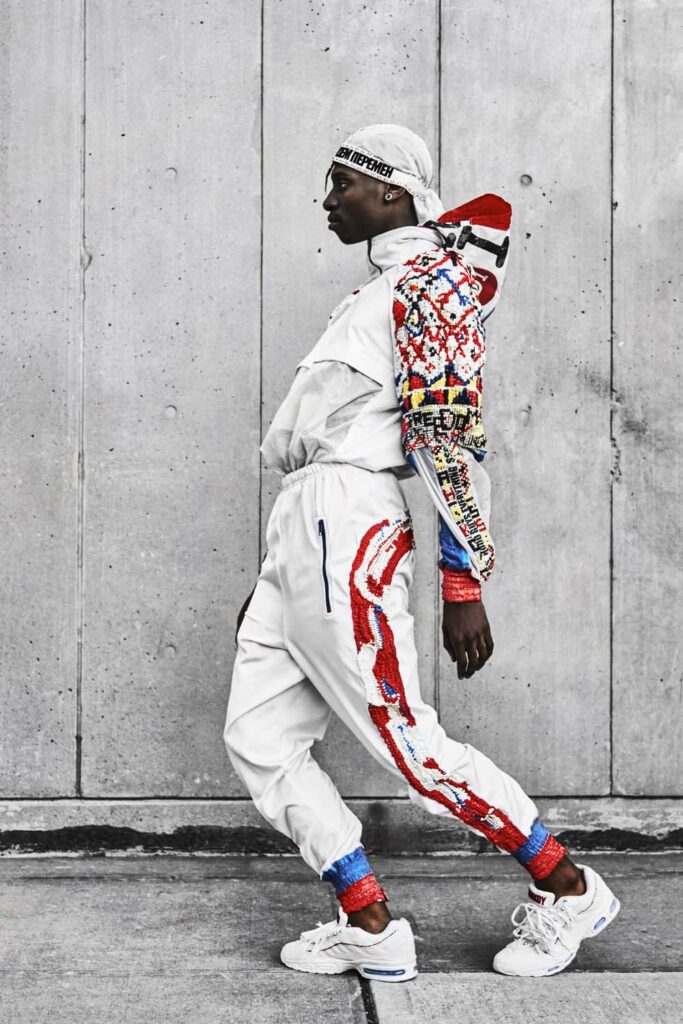
On that note, you are also a director and cinematographer. What’s your secret to mastering multiple crafts?
“I believe in the importance of skill stacking, and I I’ve been doing that my entire life. Before I became a photographer I was a graffiti writer, went to art school and worked as a DJ. I then began creating soundtracks to my own film clips and installations. That’s how I learned to edit film and match visuals with music.”
How did you tackle the shift to digital work meetings when the pandemic hit?
“It was a natural thing for me. My knowledge of film editing and music production meant that I could present mockups that have a far more convincing impact than just sending PDFs with still images. All I need to do in Zoom meetings is to describe how I envision the campaign concept and final result. Moving images combined with music do the rest to provide the client with a reference that grabs them. So the change hasn’t been that dramatic for me. But again, it’s about adapting and skill stacking.”
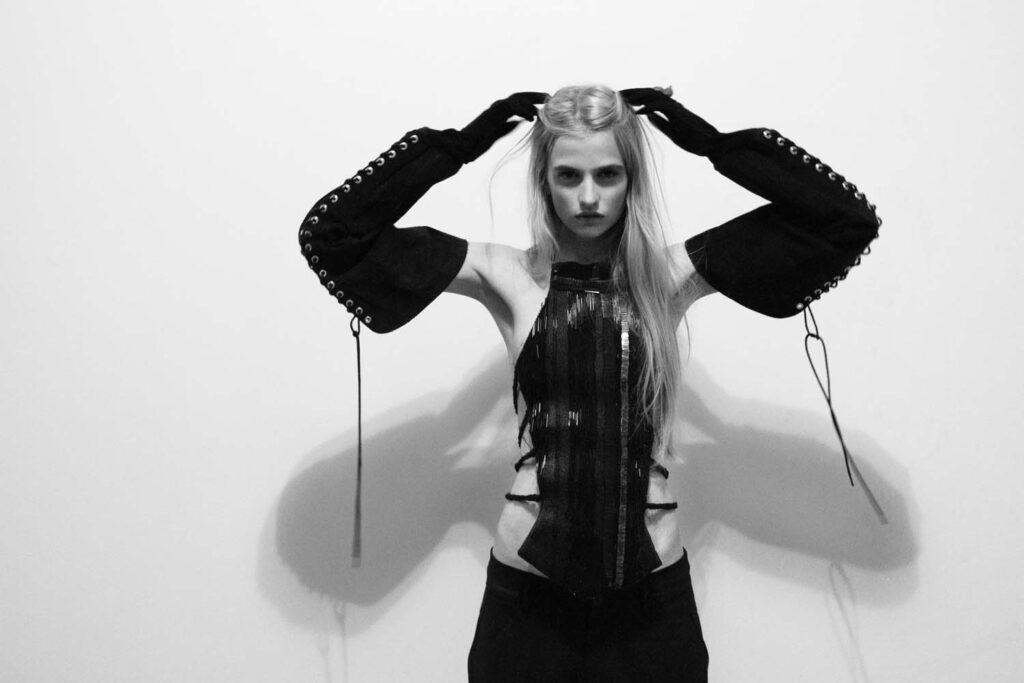
Your behind-the-scenes photos on Instagram from studios look like you’re hard at work in physics labs.
“That’s exactly what it’s like. I always have fire extinguishers nearby as a precaution. When I’m shooting products, the heat is so intense that I have to shut off the lights between takes to prevent the materials from melting. It’s hardcore and things tend to get quite technical. But if I need to know, let’s say, the durability of UV epoxy glue on a mirror, the prop stylists will inform me. They’re the experts on this stuff.”
You seem to go to extreme lengths to create a finished image during the actual shoots with minimal post-production and a lot of experimentation going on. Is that about pushing boundaries?
“Absolutely, it’s the creative challenge that triggers me. We live in a day and age when you can achieve basically anything using 3D and CGI. But there’s always an edge that’s missing. When I portray people I want skin to look like real human skin, not plastic. And I want them be on location so that their emotions and reactions are genuine. To convey that human nerve which always sets the tone in the final images. I want reality to come through in a subtle way.”
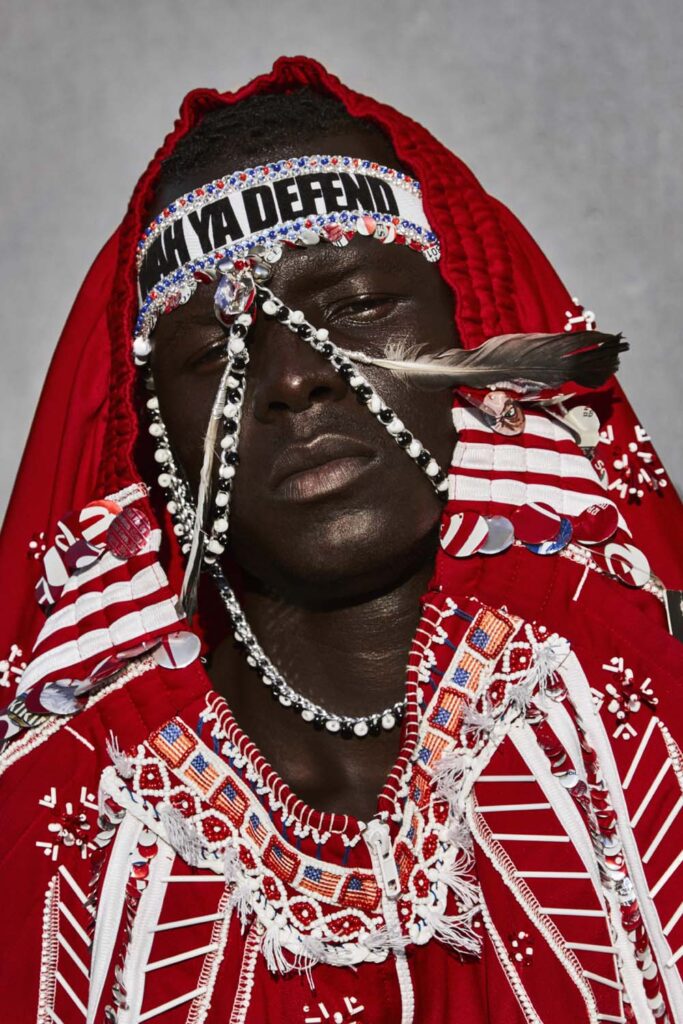
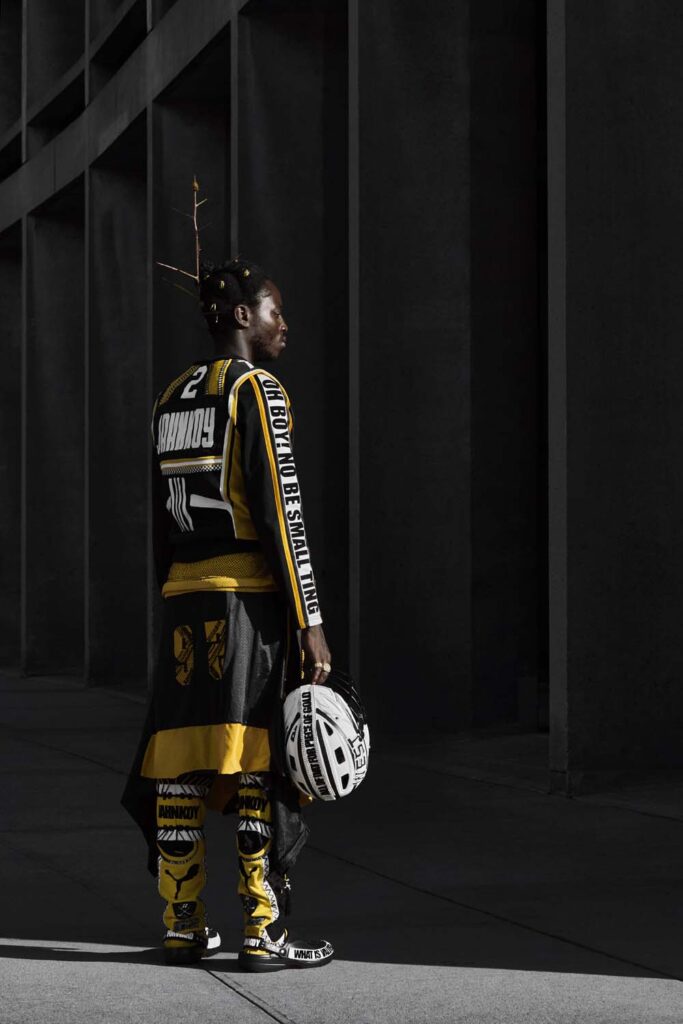
What about your studio work, do ever take shortcuts and solve problems in post to avoid complex shoots?
“Anyone who’s worked with me knows that I don’t like shortcuts. I want the images to appear as if they’ve been created in my camera, which they always have. That’s why I mount cameras on industrial robots that spin round at 50 miles per hour. Or place lenses in glass tubes to film water drops in slow motion as they splash into a sea of liquid. When you see this stuff today in promotional videos you instinctively think it’s created using 3D. In my case you’d be wrong. It’s the real thing, it’s fun and totally worthwhile.”
Most of your work is in color. Do you avoid black and white and, if so, why?
“Just like I avoid hard retouching and most plug-ins, black and white is an abstraction of reality. My brain only perceives the world in color so that’s how my work comes out. The only occasion I would choose black and white is if I’m shooting images for large formats to get the highest resolution. That said, some cameras are 150 megapixel today, which is totally bananas by the way, so it’s not really an issue anymore.”
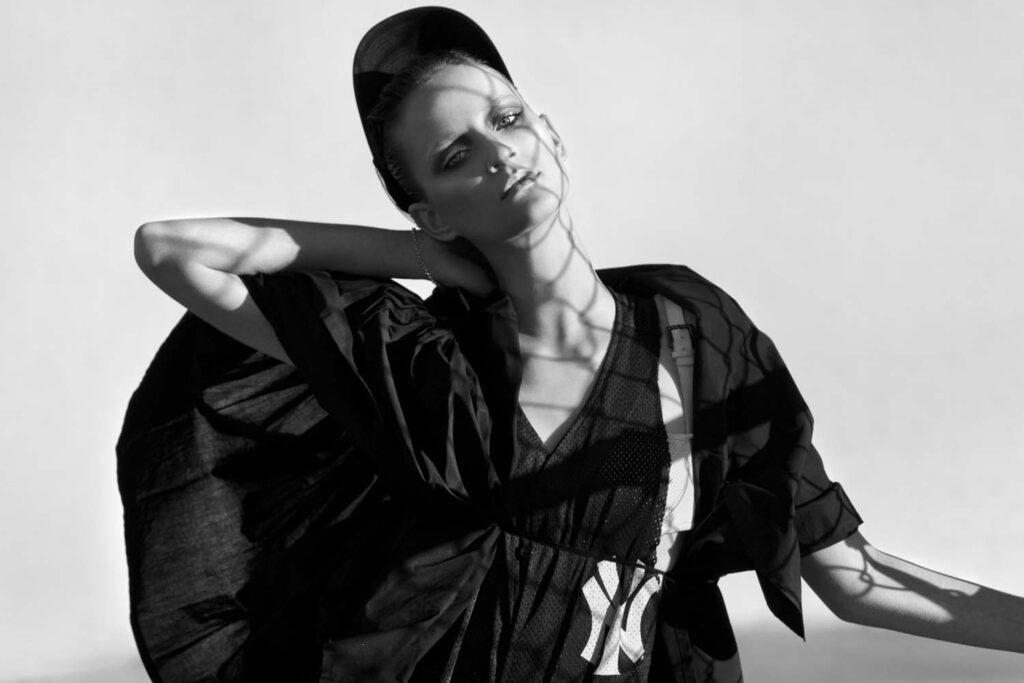
You spent 15 years traveling the world on assignment for General Electrics to showcase sustainable innovations. Which of the places you visited were most rewarding?
“Of all the locations I would say that Algeria really stuck with me. The Sahara Desert is the most romantic place I’ve ever visited. The hard sandy light, the sounds and impressions overall are magical. Deserts appeal to me more than anything else. Death Valley has a similar vibe but doesn’t really come close.”
“From there we went to Tanzania which was also a great experience. Our mission was to capture the local flavor and culture of the places where GE had installed renewable energy. The most common way of portraying Africa is to show poverty and starving kids. We did the opposite this time to give a positive boost. Finding people we would probably hang out with if we lived there. A fashion designer, a guy who ran a modern art gallery. It was like Brooklyn but in the heart of Africa.”
Has Instagram damaged the art of photography?
“No, it’s the opposite as far as I’m concerned. I’m not hugely active on Instagram but I think it just provides more inspiration. Technology is developing at lightning speed whether you like it or not. You can only embrace it. I often say that ‘everyone is a photographer today’, to which most of my friends respond with bewilderment. But I mean it. Being a professional photographer… well, that’s a totally different ball game.”
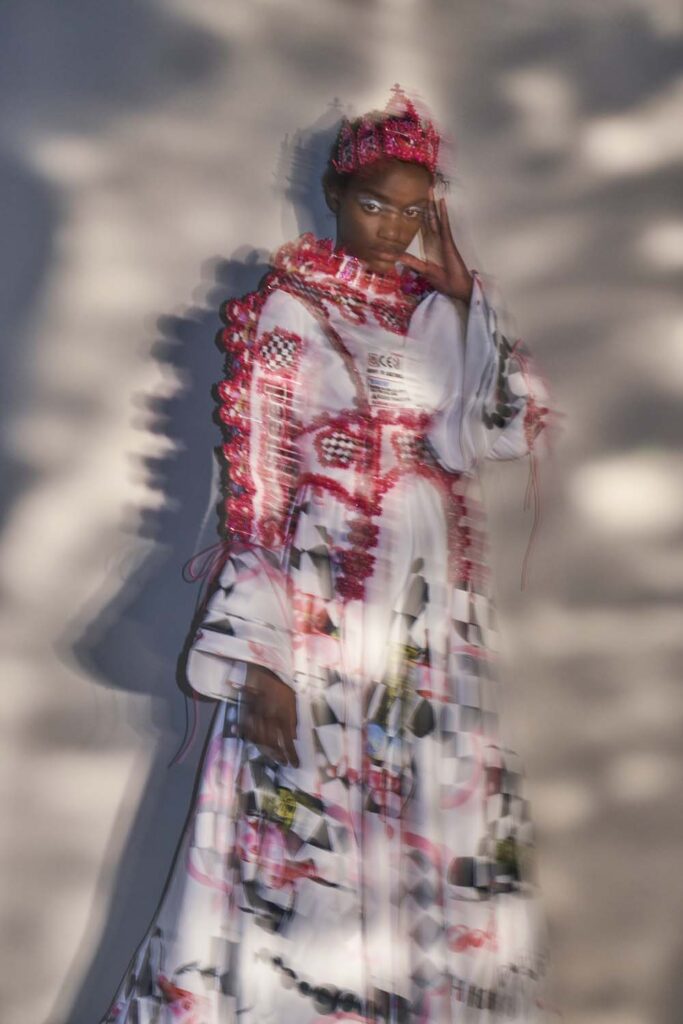
Photography: Sesse Lind
Creative Director & Stylist: Deborah Ferguson
Web Layout: Tori Smith
Sesse Lind as DP for Award Winning ContentMode TV short film “206”
Starring: David Oyelowo
This film has been acquired by the Smithsonian Institute/ National Museum of African History and Culture
View ContentMode magazine film “206” here:

